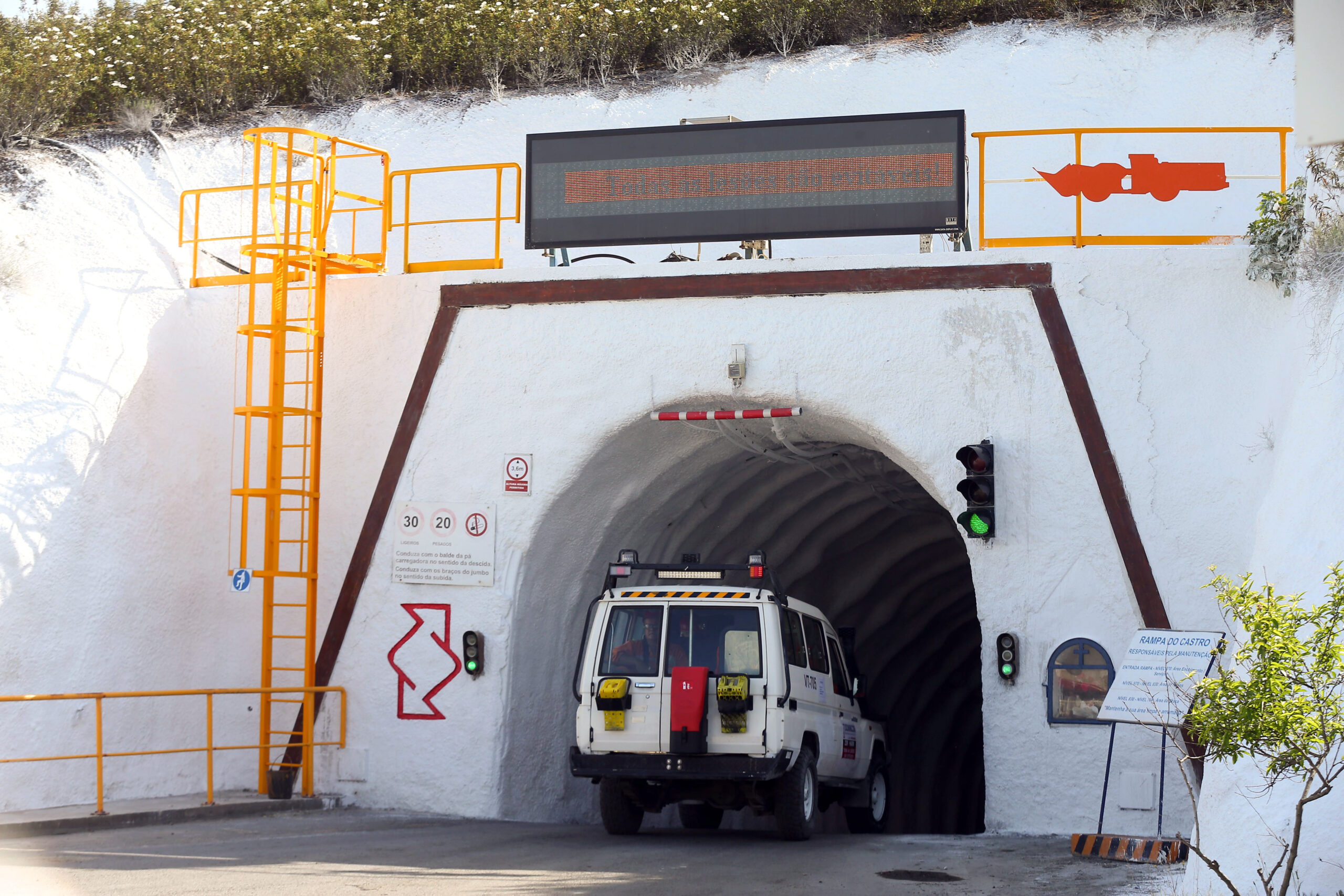
Cambridge Design Partnership (CDP) originally developed its Oxygen Concentratorin 2011 as a way of delivering life-saving oxygen to frontline battlefields. It works by cycling air pressure in chambers filled with a gas absorbing substance to concentrate atmospheric oxygen to 95 percent purity.
The unique micro-engine, which can run on a variety of readily available, cost-effective fuels, including ordinary diesel, is cheap to purchase and run, straightforward and intuitive to use and would be supplied with all necessary equipment for a 10 year lifespan. It won the Defence and Security award at The Engineer Technology and Innovation Awards 2011. “Following this success we set out to identify opportunities to put this work and research to wider use and extend it beyond the military,” said CDP Partner David Foster. “Strangely, in certain respects, a military environment where resources are limited is similar to the challenging environments often faced in developing countries. Adequate provision of oxygen, a basic right for the injured, could have a huge effect in addressing child mortality rates in resource constrained countries.”
Of the 10 million infant deaths each year 95 percent occur in the developing world. A staggering 4 million of these deaths occur through respiratory distress syndrome and pneumonia after birth. A large portion of these deaths could potentially be avoided through the provision of adequate and timely oxygen supplies. The oxygen concentrator crucially does not rely on mains electricity, something that is vital for hospitals in rural districts where electricity supplies are often unreliable, and where the medical needs can be greater. It can be configured to run off mains power but internal fuel can take over if this supply is interrupted, to enable a continuous supply of oxygen
CDP commissioned the world leading University of Cambridge Judge Business School to examine alternative markets in developing world countries for which its design might be applicable. The resulting feasibility study identified a clear and potentially life changing demand for the device across huge swathes of Africa and South Asia. The company is now looking for partners to develop and manufacture the device.













